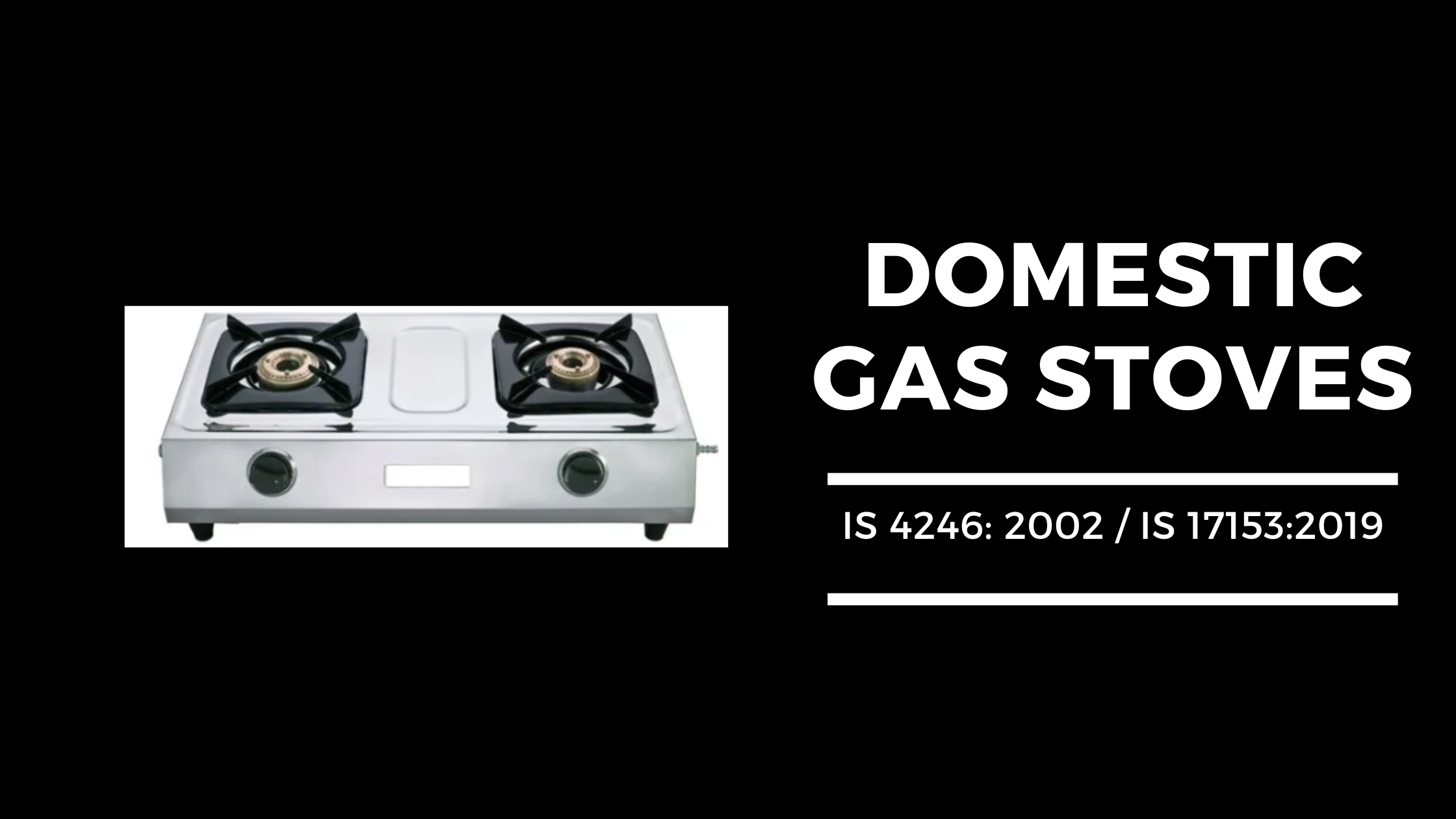

Domestic gas stoves are one of the most essential appliances in any household kitchen. They are used for cooking and heating a variety of meals, to elaborate dishes However, it is important to choose a gas stove that is safe and efficient.
BIS has developed two Indian Standards on Domestic Gas Stoves.
The first one is IS 4246: 2002 – Domestic gas stoves for use with liquefied petroleum gases – Specification (Fifth Revision).
a) This standard specifies construction, operation, safety requirements and tests for domestic gas stoves with metallic bodies with or without toughened glass top intended for use with liquefied petroleum gas at 2.942 kN/m2 gas inlet pressure.’
b) It specifies the design, requirements of materials, construction, performance, and safety parameters for stoves.
c) It also ensure the quality of the product and safety requirements with respect to various tests such as:
i) Strength and Rigidity
ii) Flame Stability
iii) Combustion ratio of Carbon Monoxide /Carbon Dioxide –
iv) Resistance to Draught –
v) Thermal Efficiency – The minimum thermal efficiency of each burner shall not be less than 68%.
The second standard is IS 17153:2019 – Domestic gas stoves for use with piped natural gas (PNG) – Specification.
a) This standard specifies construction, operation, safety requirements and tests for domestic gas stoves with metallic bodies with or without toughened glass top intended for use with PNG at 21 mbar gas inlet pressure.’
b) This standard is very similar to IS 4246 except,
i) The minimum thermal efficiency of each burner has been restricted to 50%.
ii) The working pressure of PNG is less than LPG, hence modifications are required in the size of gas cock and injector jet.
It is informed that when a standard comes under mandatory certification, no person is permitted to manufacture, import sell or distribute the product in the domestic market without ISI mark.
Go Back